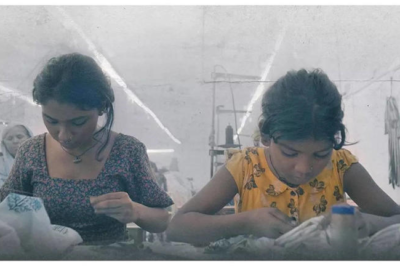
Health Minister JP Nadda addressed rising concerns over the Human Metapneumovirus (HMPV) following the confirmation of three cases in India. He reassured the public that the virus is neither new nor a reason for panic, emphasizing that the situation is under close surveillance.
Key Highlights
- What is HMPV?
- First identified in 2001, HMPV is a common respiratory virus that has circulated globally since the 1970s.
- It spreads via respiratory droplets and typically causes mild cold-like symptoms, though it can lead to severe illness in infants and immunocompromised individuals.
- India’s Situation:
- Three cases have been reported: two in Bengaluru, Karnataka, and one in Ahmedabad, Gujarat.
- Data from the ICMR and Integrated Disease Surveillance Program indicates no surge in respiratory viruses, including HMPV, across the country.
- Seasonality:
- Cases of HMPV commonly peak between November and May, coinciding with winter and early spring months.
- Government and WHO’s Role:
- Health agencies, including ICMR and the National Centre for Disease Control, are vigilantly monitoring both domestic and international developments, especially the situation in China.
- The WHO has taken note and is expected to release its report soon.
Public Reassurance:
Minister Nadda highlighted the readiness of India’s health systems, surveillance networks, and coordinated action plans. A joint review meeting led by the Director General of Health Services reaffirmed that there is no need for alarm or lockdown measures.
Curious Question:
What preventative steps can individuals take to safeguard against common respiratory viruses like HMPV during peak seasons?
Conclusion:
While the emergence of HMPV cases in India has sparked concern, the government and health agencies are prepared and proactive, urging citizens to remain vigilant but not alarmed. Proper hygiene and awareness remain key to managing the situation effectively.




































Leave a Reply